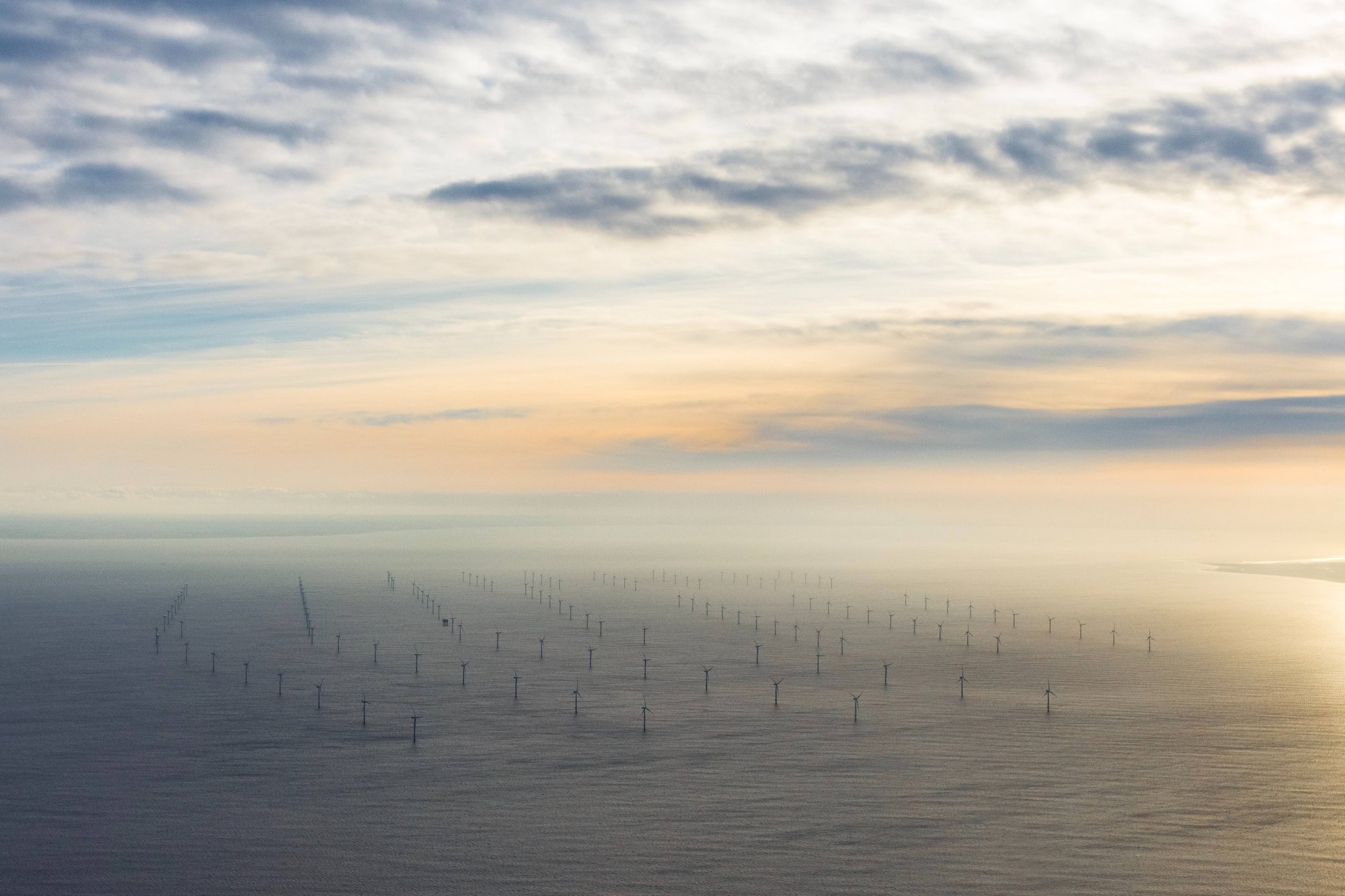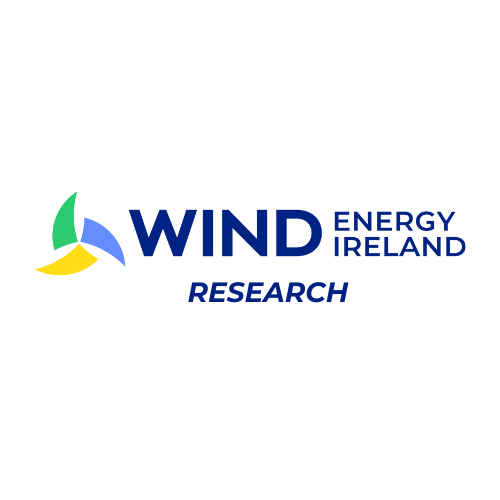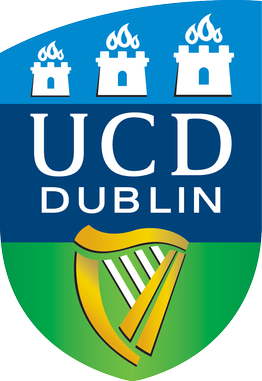The Offshore ADAPT Project
Design Flexibility in Offshore Renewable Energy Development: Global Best Practices & Recommendations for the Irish Market
Offshore ADAPT is a Marine Institute-funded project that aims to develop an evidence-based framework of global best practices in design flexibility for Offshore Renewable Energy (ORE) developments. This includes:
- Assessing international best practices in Offshore Wind Turbine (OWT) design across various countries.
- Identifying key design requirements mandated by planning consent regulations, such as turbine height, blade length, and overall dimensions.
- Evaluating policy implications of advancing offshore wind technology, considering both Ireland’s energy ambitions and global trends.
The project is a collaboration between UCD and Wind Energy Ireland.
Project duration: July 2024 – June 2025
Ireland’s Offshore Wind Targets
Ireland’s offshore wind capacity targets have increased significantly:
- 2019: 3.5GW by 2030 (Climate Action Plan).
- 2020: Increased to 5GW (Programme for Government).
- Present: The Irish Government aims for 20GW by 2040 and 37GW by 2050.
Current Challenges
Ireland has set ambitious targets for offshore wind, however it has been over 20 years since the development of Ireland’s first and only offshore wind farm, Arklow Bank Phase 1.
To meet its 2030 target, Ireland is progressing through two key phases of offshore wind development:
Phase 1: Relevant Offshore Wind Projects
The Phase One projects are Oriel Wind Farm off the coast of Louth, North Irish Sea Array off the coast of north county Dublin, Dublin Array which is off the coast of Dun Laoghaire and north Wicklow, Codling Wind Park which is off the coast of Wicklow, Arklow Bank which is off the coast of Arklow and Sceirde Rocks off the coast of Galway.
These six projects, awarded Maritime Area Consents (MACs) in 2022 and currently entering the planning process, are expected to be the first large-scale offshore wind farms constructed.
Four of the Phase 1 projects secured contracts in Ireland’s first offshore wind auction (ORESS 1), awarding just over 3GW in 2023. The other two projects continue to progress their development via alternative routes to market, which in total would account for just over 4 GW of capacity. However, even with their completion, Ireland will still fall short of its 5GW by 2030 target.
Phase 2: Designated Maritime Area Plan (DMAP) Projects
To bridge this gap, Phase 2 will guide future large-scale developments through a competitive selection process in areas of the seabed which have been identified by the State.
- The next offshore wind auction, ORESS Tonn Nua, will offer 900MW off the south coast of Ireland by mid-2025.
- Additional auctions will be essential to achieving 37GW by 2050.
Key Development Challenges
- Lack of long-term policy pathway and clarity of future development pipeline to enable required investment.
- Complex planning and approval processes.
- Large-scale offshore wind projects typically take 10-12 years to develop from concept through to completion.
- Global supply chain constraints due to level of demand and inflationary pressures.
- Limited grid and port infrastructure capable of supporting offshore wind build out at scale.
The Role of Offshore ADAPT
Offshore ADAPT is addressing the disconnect between planning regulations and advancing technology. By adopting international best practices in design flexibility, Ireland can:
- Streamline the planning system to accommodate technological advancements.
- Ensure offshore wind projects maximize efficiency within existing footprints.
- Accelerate Ireland’s transition to a world-leading offshore wind market.
Through research, industry engagement, and knowledge-sharing, Offshore ADAPT is paving the way for a more adaptive, efficient, and ambitious offshore wind sector in Ireland.

Our Funding Body
This project has been supported with financial contribution from the Marine Institute Research Programme, MI Ref RPA/23/03/02




.png)